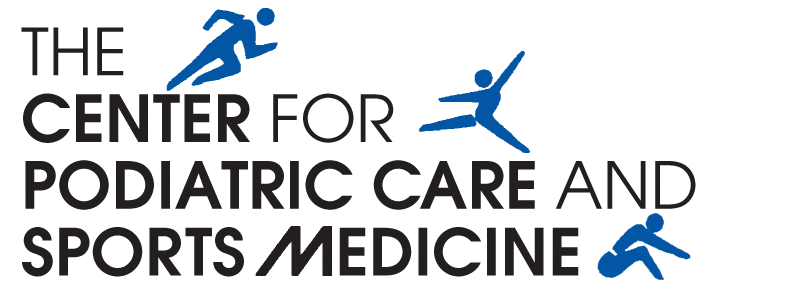Solving Shin Splints
That nagging pain along the front of your lower leg? It could come from shin splints, a common overuse injury that plagues runners, walkers, and anyone who engages in repetitive impact activities. Medically known as medial tibial stress syndrome, shin splints can derail your training plans and make even everyday activities uncomfortable. We’re big fans of the NYC running community, so The Center for Podiatric Care and Sports Medicine details fast facts, symptoms, and preventative tips below. Hope they help!
Attachment Aches
Shin splints involve inflammation of the muscles, tendons, and bone tissue around your tibia (shin bone). The pain is typically felt along the inner edge of the shin bone, where muscles attach. It's often caused by repetitive stress and overuse, particularly from activities like running, jumping, or dancing.
Common Causes and Risk Factors:
Sudden Increase in Activity: Ramping up your mileage or intensity too quickly leads to overuse injury. This is especially common among those training for events like the NYC Marathon or the Brooklyn Half.
Improper Footwear: Wearing worn-out shoes or shoes that don't provide adequate support or cushioning.
Flat Feet or High Arches: These foot structures can alter your biomechanics and increase stress on the shin.
Running on Hard Surfaces: NYC's concrete can be tough on the shins!
Tight Calf Muscles: Limited ankle flexibility can contribute to shin splints.
Overtraining: Doing too much too soon is a major factor.
Solving Shin Splints: A Multi-Pronged Approach
The first step is to reduce inflammation, so observe the RICE protocol (Rest, Ice, Elevation, and Compression). Take a break from activities that aggravate the pain and apply ice packs for 15-20 minutes at a time, several times a day. From there, prioritize:
Proper Footwear: Invest in shoes that fit well and provide adequate support and cushioning for your foot type and activity. Consider a professional gait analysis.
Stretching and Strengthening: Stretches for your calf muscles, Achilles tendon, and the muscles on the front of your shin can help improve flexibility and reduce strain. Strengthening exercises for your lower legs can also improve stability.
Gradual Return to Activity: Once the pain subsides, gradually increase your activity level. Don't jump back into your previous routine too quickly.
Custom Orthotics: If you have flat feet, high arches, or other biomechanical issues, custom orthotics can provide personalized support and help correct your gait.
When to See a Podiatrist
If your shin splints don't improve with home care within a few weeks, or if the pain is severe, it's time to see a podiatrist. We can rule out more serious conditions, like stress fractures, and develop a personalized treatment plan. This might include:
Physical Therapy Referral
Medication Recommendations
Advanced Treatments: In some cases, we may recommend non-invasive or regenerative options like shockwave therapy or PRP therapy to promote healing.
Shin splints can be a frustrating setback, but they don't have to keep you sidelined. Whether you're training for the next 5K or just trying to keep up with the city's pace, we can help, so start racing toward your goals again and contact us today!
At The Center for Podiatric Care and Sports Medicine, we offer busy New Yorkers prompt diagnosis and treatments specific to their individual needs. Our expert team of podiatrists, Dr. Jonathan M. Levy, Dr. Nadia F. Levy, Dr. Diane M. Castro, Dr. Josef Geldwert, and Dr. Katherine Lai, are eager to help you at our convenient mid-town Manhattan or Upper East Side locations. If foot problems are bogging you down, contact us today.


